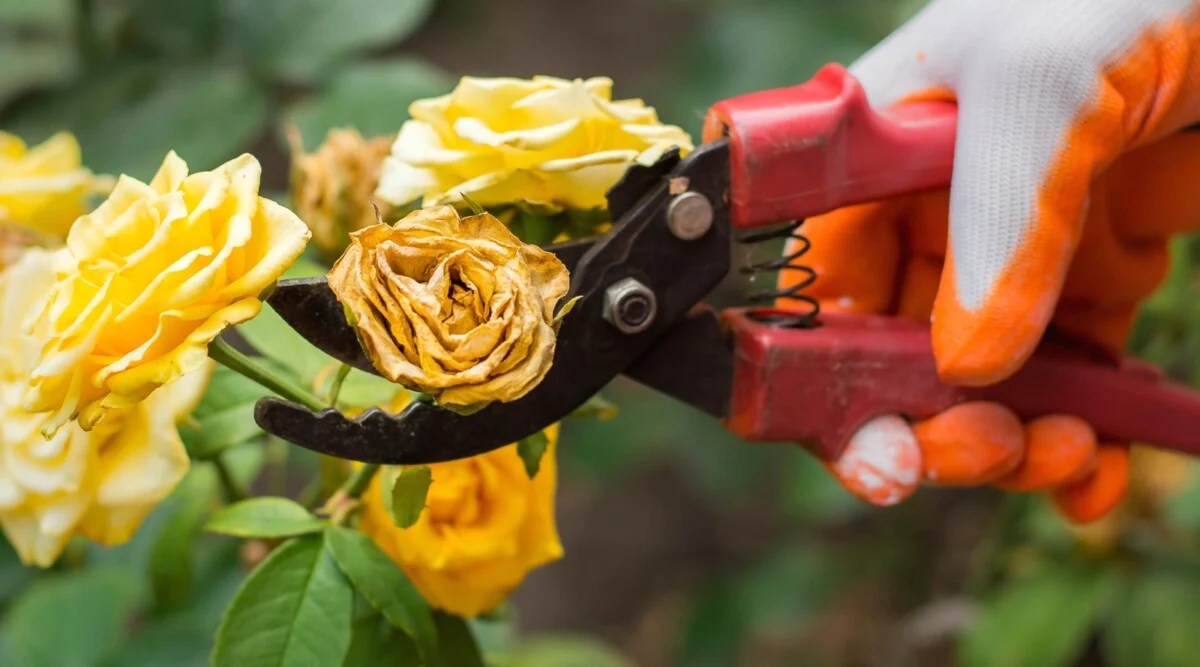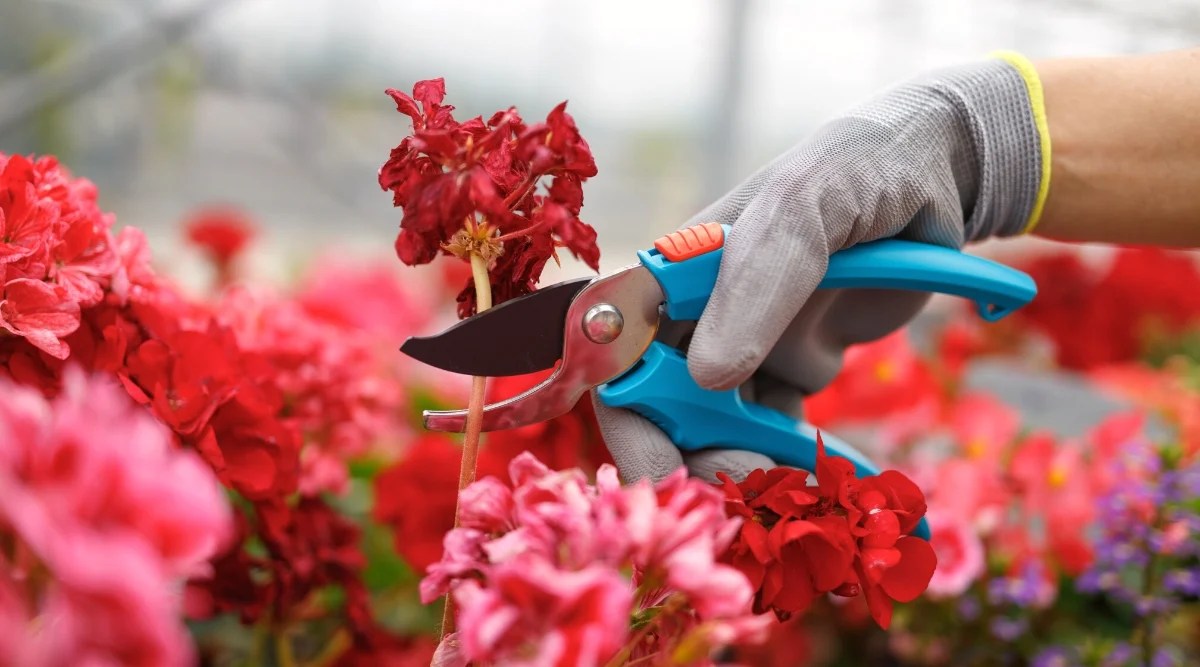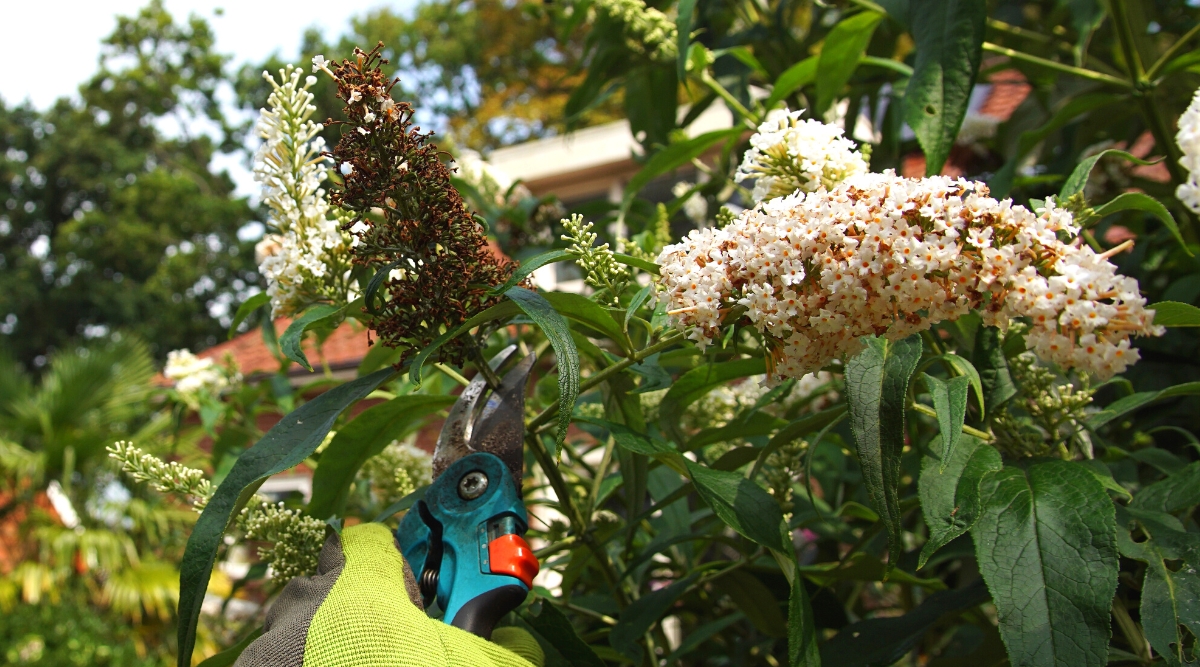Gardening Tips
You may have heard the term deadheading , but do you know what it intend and why it ’s important ? Gardening expert Kelli Klein walk you through the benefit of deadheading and how to successfully complete this even maintenance to produce more blooms .
Contents

There are many type of flowers , including both annuals and perennial , that benefit from deadheading . The most pop reasonableness most nurseryman spend clock time deadheading is to further repeat blooms , but this garden job is beneficial for many reasons .
What is Deadheading?
The basic definition of deadheading is the act of murder spend blooms to spur further growth . It generally apply toremoving blossom head before they can produce mature seed . It can also use when remove bloom buds before they bloom to boost the growth of other parts of the plant ( like comestible leaf ) that are more worthy than the blossom .
When to Deadhead
The best time to deadhead is after the efflorescence has reach height peak and starts to wilt and die back . You ca n’t deadhead too soon , but you’re able to deadhead too late ! You need to guarantee that you murder blooms before the plant use vitality to produce mature seeds .
Depending on the bloom time of the plant life , the seasonal timing will alter from flower to flower . During peak bloom , it ’s dear to go out every few mean solar day andinspect your plants for flowers that need to be deadheaded .
How to Deadhead
It ’s prison term to discuss how to deadhead ! you’re able to apply eitherpruning shearsor even your hands for some plants . The method of deadheading will depend on the plant . Most inflorescence plants will be prunedat the closest folio lymph node under the flower head . Most one-year flowers can be pruned this way .
There is really no faulty way to deadhead , per se . As long as you take the spent bloom with a clean slash that does n’t damage the plant , you ’re doing it right ! Though there are some world-wide best practices , it also help to lie with how each plant produces blooms before you deadhead it .
Forsingle - stem turn bloomslike poppies , for example , you could snap the spent blooming at the bottom of the stem , where it fit the base of the plant with your hands . This work for poppy because each root word only produces one flower , so after the blossom begins to pass off , that root word will not produce any additional flowers . This will allow the plant to bring out even more stems with more blooms .

Formulti - stem blooms , like dahlia , rose wine , and some helianthus variety , follow the stem from the fatigued heyday to the main stem and cutting to remove only the spent flower and leave the remaining blooms unaffected . This will provide the plant life to focus energy on the flowers that continue on that stem .
Some perennial , like phlox , asters , mums , sedum , and coneflower , can be get out brook all winter to allow for the plant with extra protection against abrasive weather and frosts . For this reason , you could deadhead them throughout the growing season , but a few calendar week before your first frost , you should go forth the net round of bloom stand . They will die back and total some character to your winter landscape painting , not to mention some food for the birds and shelter for overwintering insects like ladybugs andsolitary bee .
Benefits of Deadheading
So why spend sentence deadheading rather than allow your prime cash in one’s chips back of course after blooming ? Well , deadheading redirects vigour to produce more flowersrather than cum . This is beneficial if you want to prolong the blush metre of your plant life and savor the flower for that much longer . prolong bloom canattract butterfly stroke , hummingbirds , bee , and other pollinators to your garden .
Deadheading also prevents the unwanted spread of vigorous self - seeders . Some yearbook like creation , Borago officinalis , chamomile , and sunflowers can spread like crazy through self - sowing ! Cutting back the flower heads before they can produce ripe seeds will serve foreclose or reduce this .
Deadheading also creates a cleaner - looking garden by removing drop dead plant life stuff . supply this material to your compost pile , or run it through a chipper anduse it as amulch in your garden . Some spent blooms like coneflower and sleepy dick look just as stunning once they ’ve died back and gone to seminal fluid , so if you wish the look , it ’s always an option to pass over deadheading for a bit , too .

Deadheading is also applicable to inflorescence herbs but with the opposite intent . Instead of deadheading to boost more blooms , you ’ll remove blossom heads as they appear , but before they can bloom , to boost the plant to produce more foliage ( which is the worthy part of edible herb ) . Still , you’re able to see how the same principles apply . Deadheading allows you to redirect where the industrial plant concenter its get-up-and-go for a desired result .
Drawbacks of Deadheading
Short - lived perennials like hollyhock and snapdragon must self - seed to supplant older plants with new , vernal ones . For this reason , you’re able to deadhead them throughout the develop season but leave the last round of drinks of flush stand up to create seeds and help maintain your flower patch . If curt - lived perennial are n’t allowed to reseed , your dapple may eventually exit out since each plant only lives for a few twelvemonth . This can befall ifdeadheading is too belligerent .
While it ’s true that deadheading can help create a kempt - looking garden , that tidiness sometimes total with a sacrifice . Many insectsand birds look on germ and go plant material . To create a balanced home ground , it ’s a upright estimation to leave some exhausted blossom in situation at the end of the season .
As mention above , some repeated blooms left over winter can also protect the plant , and you should wait until the spring just as new growth appears to dilute them back . If these plants are deadheaded in the fall , they may brook damage during the winter that they wo n’t recover from the following leap .

Pro Tips
Keep your tool clean to prevent spreading disease from one plant life to another while deadheading . This can be accomplished bywiping down pruners and other peter with rub inebriant . You also desire to keep your tools sharp to obviate causing unnecessary plant accidental injury and see to it clean cut .
precipitous tools also make the deadheading cognitive process faster and gentle ! Use a metallic element filing cabinet , honing tool , whetstone , orsharpening toolto sharpen the cutting edge of your pruning shears . Once sharpen , utilise a lubricating oil , and always salt away your tools clean and dry .
Final Thoughts
No matter your science degree in the garden , deadheading is a wide-eyed tacticthat will help you enjoy arresting flower all season long ! It might seem counterintuitive or like supererogatory oeuvre , but it ’s worth it ! specially if you have a butterfly garden or big flowers in your landscape . The pollinator will thank you , too !

